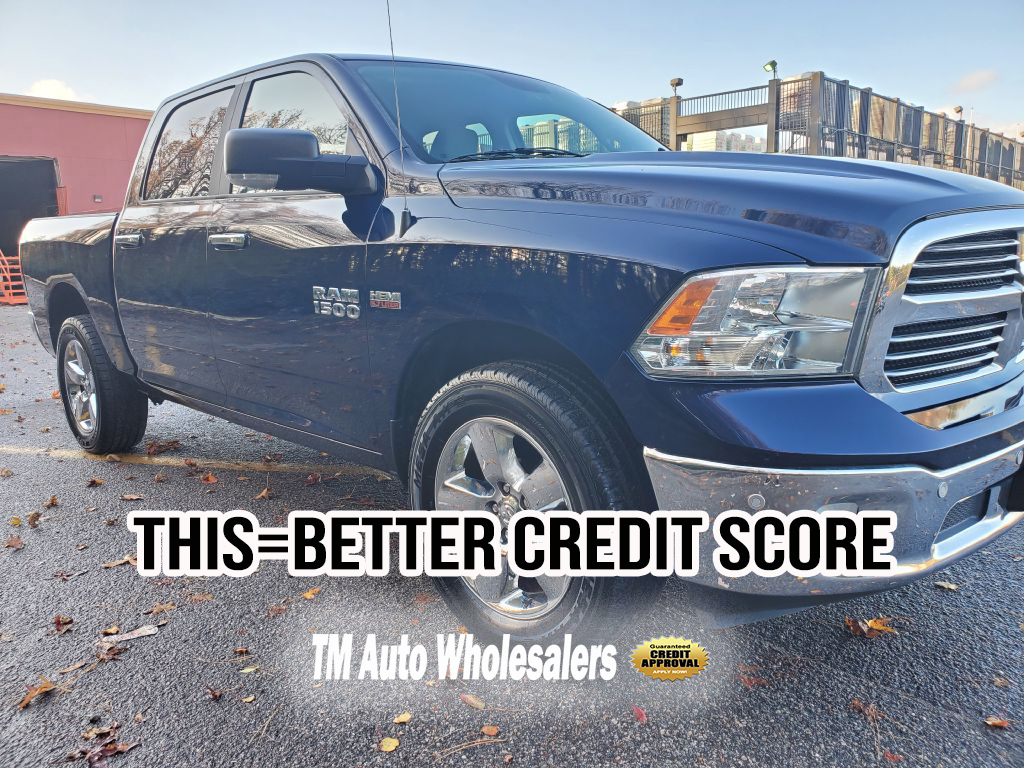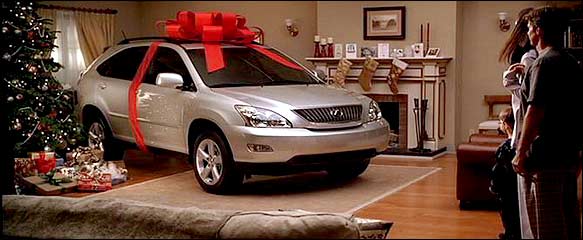
Used car shopping? It’s as simple as ABC with a good plan and the right tools!
Let’s break used car shopping into three parts; finding the right automobile for your needs, researching it, and making the deal!
First, narrow the field with these three questions:
How am I planning to use this automobile?
a. Daily transportation to and from work
b. Hauling the family to sports events, school, trips
c. Work vehicle with room for tools
d. Adventure vehicle for off road
e. Heavy duty vehicle for towing a boat or toy trailer
f. Sports car with just enough room for two
How long do you plan to keep it?
Think about the long term… Is this an impulse buy or can I really keep this vehicle. The best scenario would be to purchase used after depreciation and drive it until the wheels fall off.
Am I financing or paying cash?
If you’re taking out a loan, get a quote from your bank or credit union so you can compare those numbers with what the dealer may offer in terms of financing. Remember, longer-term loans may lower your monthly payment, but you’ll end up paying more for your vehicle in the long run. Cash means zero percent financing!
A: THE CAR
As a rule, it’s best to set a budget first, seriously, set it and don’t forget it. This will help you decide where the funds will come from and how to pay them back. Decide what you need and want, yes they’re both part of the equation, you’ll be making those payments so you should be happy with your purchase. Remember, affording a car is more than making the monthly payment. You may be able to pay for a BMW and a Toyota Corolla but can you afford to repair the BMW? Search online; Car Gurus, CarMax, local dealers, Carvana, and Facebook Marketplace.
By now you should have a pretty good idea of what’s in your price range, time to start digging…
B: RESEARCH
How is the car’s safety and reliability record? Check Consumer Reports and J.D. Power collect maintenance reports from owners and rate your choice as well as other used cars. Safety first and reliability is key!
You can use a guide like Kelly Blue Book to estimate the market value of the car you’re looking at based on age, mileage and options. It’s not perfect, but it should get you in the ballpark.
Now that you’ve found a car…. What’s next?
Once you find a car you like, contact the seller to ask any questions you have and get a Vehicle History Report from CARFAX by referencing the vehicle’s identification number (VIN). This will give you the good, the bad, and the ugly on the car. A reliable dealership should provide a CARFAX report on every car in their inventory. This report is vital, it will provide you with information that cannot always be seen. Below are just some of the details you’ll get from a History Report.
a. Does this car have a clean title? If a car’s been in a serious accident, fire or flood, and was “totaled” by the insurance company (declared a total loss) it still might be drivable. However, the insurance company will issue a “salvage title” to alert future buyers. It’s best to steer clear of cars with a salvage title because it kills the resale value, and the car might still have hidden problems. NOTE, this is not always the case, especially if you plan to keep the car indefinitely and know that the damage was repaired completely.
b. Serious accidents are reported to the insurance company and will probably be on the vehicle history report.
Shady car lots might spin the odometer back to increase its selling price. The vehicle history report can alert you to this scam.
c. It’s nice to think the car you’re interested in was driven to church by a little old lady for its entire life. If you order the report, you’ll know for sure each time it changed hands.
d. Some reports show if required maintenance was done on time and where the work was performed.
A pre-purchase inspection of the car you’ve chosen can be done before making any deals. A pre-purchase inspection is an independent, third-party professional service that evaluates a vehicle’s condition before a purchase offer is made. … Unless the vehicle is unsafe to drive, the evaluator does not provide a purchase recommendation. It will include a detailed road test where components such as steering and brakes can be assessed. A thorough inspection will include checking engine compression and a computer engine analysis. A basic PPI will cost $20.00 from Firestone and the buyer typically pays for the pre-purchase inspection. This is your opportunity to test drive the vehicle to see what YOU think.
C: Make the Deal
Let’s make a deal! A good deal is paying less than the listed price, prepare to negotiate with the comparisons from your online research and your Kelly Blue Book numbers. Considering the seller has probably listed their car a little high, you should have some room to bargain. Start by pointing out the things you love about the car then move to your concerns and what the blue book says the car is actually worth. Play nice, be firm and you’ll do just fine.
Before taking ownership of the car, you should add it to your insurance policy. Then, you only need to pay for the car — usually with cash or a cashier’s check. Make sure you get a title and have the seller sign it correctly. When in doubt, check the state’s registry website for more information. Most states allow about 10 days to register the car in your name. If you’re buying from a private party, and there is still a loan on the car, call the lender to find out how to close the deal. If the lender is a bank, offer to meet the seller in a branch office and sign papers there.
If you’re at a dealer, It doesn’t hurt to see if they can get a better interest rate. Just make sure all the other terms of the loan are the same. Review the sales contract carefully before signing. The contract will probably include the agreed-on sales price, sales tax, documentation fee, and registration fee. Take your keys and hit the road!
Have questions? Call or text Mike Love (757) 560-4250. I have answers!
Follow TM Auto Wholesalers on Facebook to see our latest inventory.
Sources:
Reed, Philip “How to buy a used car” NERDWALLET.COM 3/21/2016. Web. Retrieved from
How to Buy a Used Car
Youngs, Jeff “Understanding Pre-purchase inspection (PPI) JDPOWER.COM Shopping Guides 4/19/2019 Retrieved from:
https://www.jdpower.com/cars/shopping-guides/understanding-pre-purchase-inspection-ppi
“Planning to buy a car, take these five steps” ONEMAINFINANCIAL.COM Resorces-everyday living. Web. Retrieved from:
https://www.onemainfinancial.com/resources/everyday-living/planning-to-buy-a-car-take-these-five-steps-first
Berger, Rob “6 Reasons to Pay Cash for a Car (and how to actually do it) Personal finance. DOUGHROLLER.NET 9/26/2018. Web. Retrieved from:
www.doughroller.net/personal-finance/6-reasons-to-pay-cash-for-a-car/






